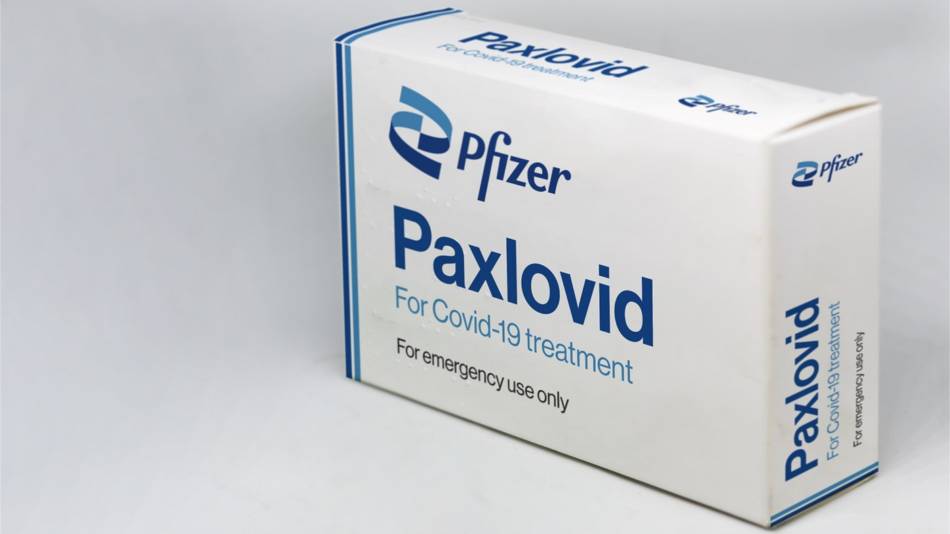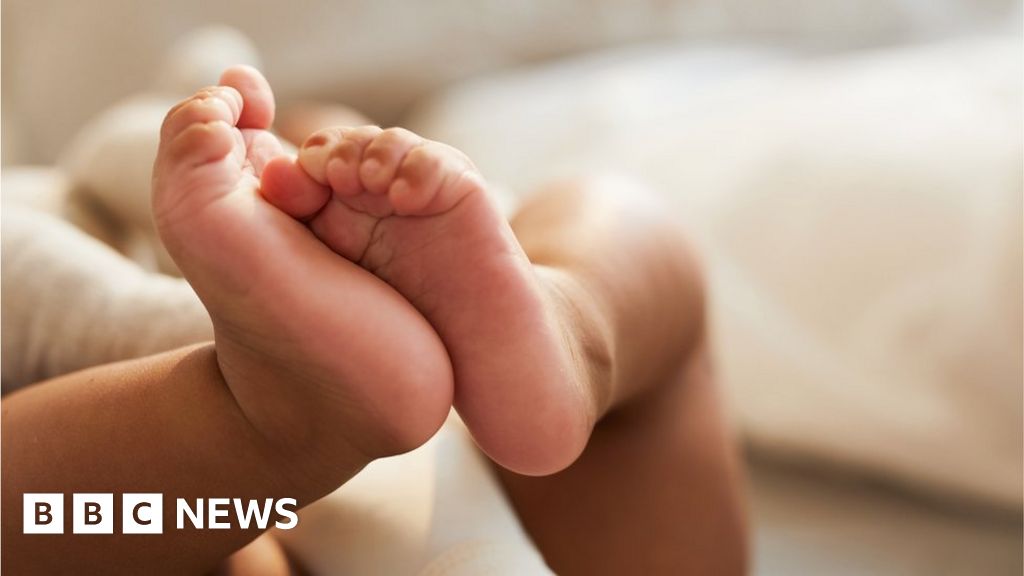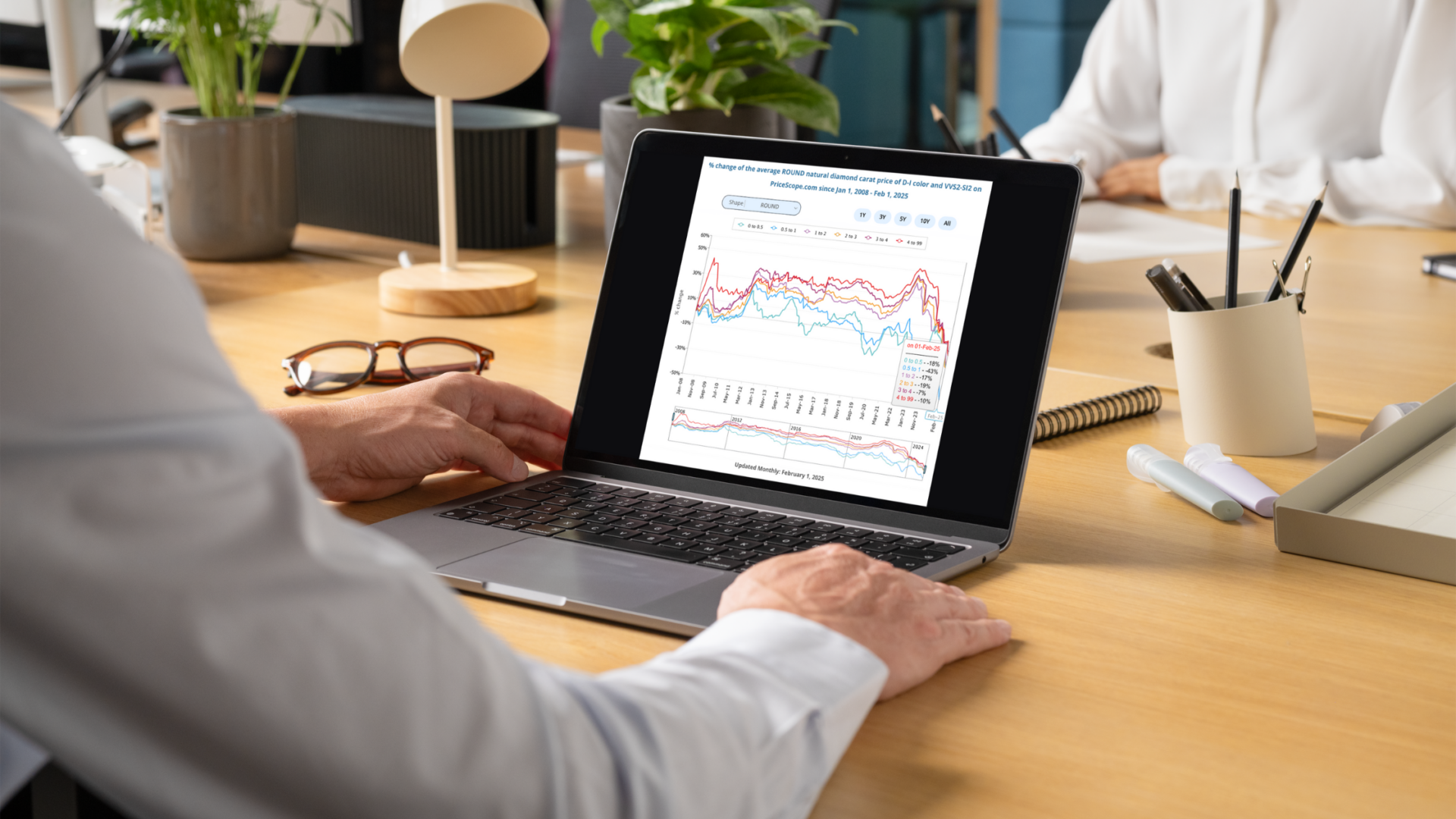- Joined
- Aug 4, 2008
- Messages
- 15,410
That was a total bust cvs switched stores on me and I did not notice.scheduled for tue for the new pfizer booster shot and a flu shot.
Not sure about the flu shot because I dont want anything in my bad arm. Will see what they say about both in the same arm.
They had a ton of schedule openings for both mon, tue and wed at cvs.
Then they were extremely rude about it.
When I asked if I could get it there they said no the pharmacist is the only one who could do it, he was standing 4 feet away gabbing about non-work stuff with someone inside the pharmacy counter area.
Totally messed up.
What sux, the store closest to us was closed and all the super nice people sent across town to another store.
The next 2 closest stores are all grumpy, rude and not helpful.



![author['full_name'] author['full_name']](https://clf1.medpagetoday.com/media/images/author/photo-IngridHein_188.jpg)












![author['full_name'] author['full_name']](https://clf1.medpagetoday.com/media/images/author/ESusman_188.jpg)











300x240.png)